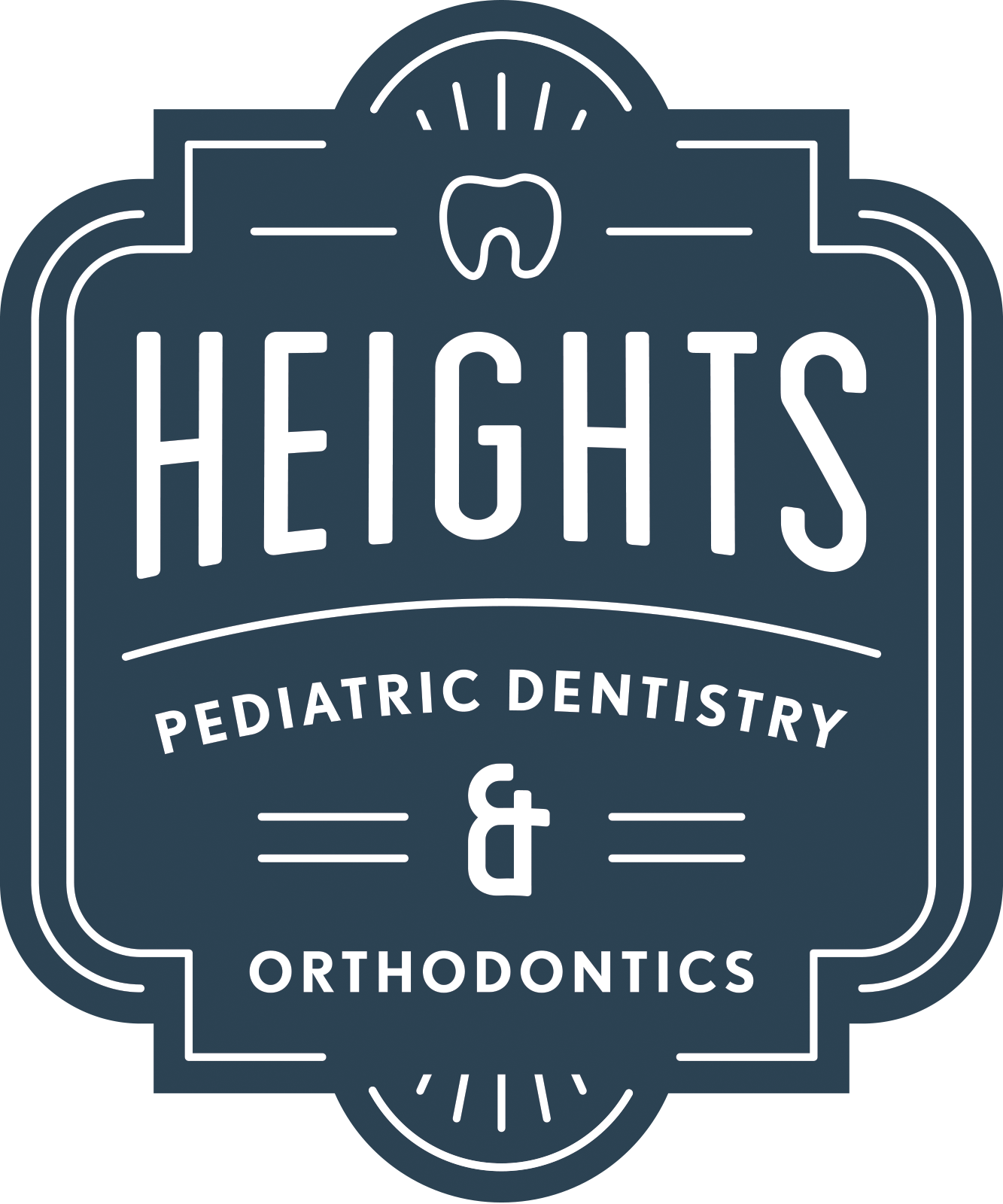Sedation Options for Kids
/Children often have a hard time to cooperate with dental treatments. If you think about it, it is a lot to ask of a little one! This is one reason why parents prefer to bring their tots to pediatric dentists instead of general dentists. But sometimes, due to their very young age or perhaps a condition such as mental or physical disability, even the best pediatric dentist can’t enlist the cooperation of their patient. In such instances, sedation may be necessary.
Pediatric dental sedation should not be feared or frowned upon if your child has a trustworthy and highly experienced pediatric dentist by his or her side. There are various medication used by different dentists and our office uses either inhalation (N20), oral (Demerol and Phenergan or Valium), or IV sedation.
Depending on the type of sedation chosen, the procedure to be performed, and the condition of the patient, an anesthesiologist or a medical team may be present to assist the dentist. Also, the procedure may take place in the dental office or in a hospital if further medical care or equipment is necessary.
To guide you, below are some of the most common sedation treatments:
- Inhalation – A gas called Nitrous Oxide is breathed by means of a tiny rubber inhaler. You will feel more relaxed. The effect is mild, though, so it is best for patients with little anxiety and for those who will undergo simple dental procedures. Nitrous oxide does not bind blood however, so it is out of patient’s system as soon as it turned off and the patient can resume their daily routine.
- Oral Conscious Sedation– The combination of Demerol and Phenergan or Valium are two regiments used in our office. The patient will feel sleepy and relaxed. He or she will be awake throughout the session and still be able to respond to the dentist. These are taken an hour before the procedure in our office and effects last for about 8 hours.
- Intravenous or IV Sedation – In this treatment, an anti-anxiety drug is dispensed into the blood system by the anesthesiologist. The patient is now in moderate to deep sedation and does not feel or remember the procedure. This sedation can be done in the dental office.
- General Hospital Anesthesia – Similar to IV sedation but done in a hospital setting by a team of anesthesiologists and hospital staff. This is usually utilized for children with medical conditions that need to be monitored by a hospital system such as heart disease or bleeding disorders.
Your child’s dentist must be able to explain to you why sedation is needed and why a particular sedation type is appropriate for your child. On the other hand, you should inform the dentist of your concerns whether it is your child’s safety and comfort or your financial capacity.
Although the method to be used is primarily determined by the dentist after a thorough examination of the patient, it is good to know that various options exist. After all, there’s no particular treatment that is appropriate for all children at all instances. Parents are a crucial part in determining their child’s ability to withstand dental treatment and should engage in active discussion with the dentist to determine the right choice. Child’s age, level of anxiety, health history, and amount of dental treatment should all be discussed and considered before scheduling the final appointment.
